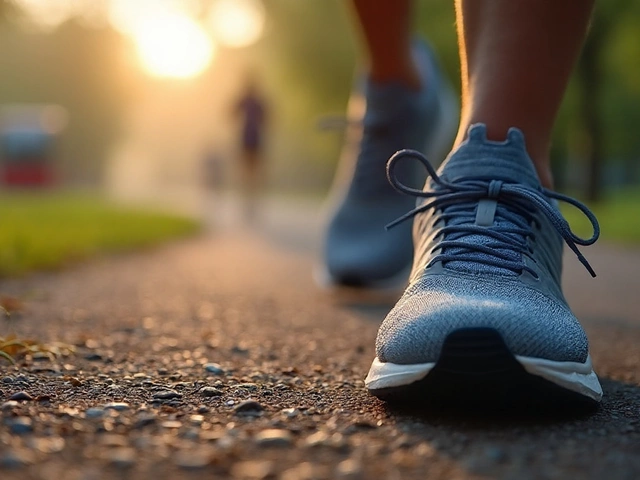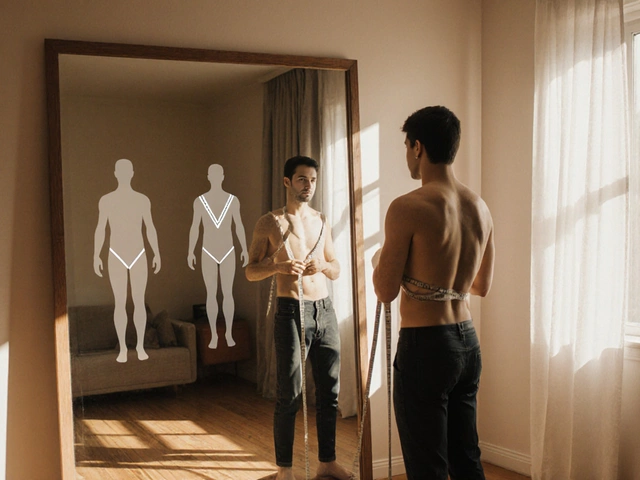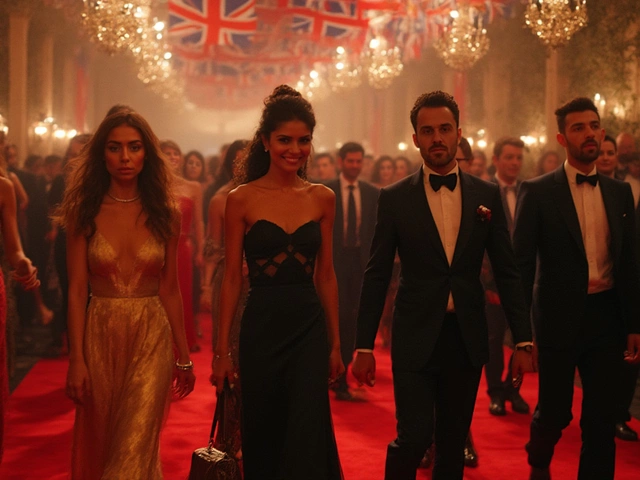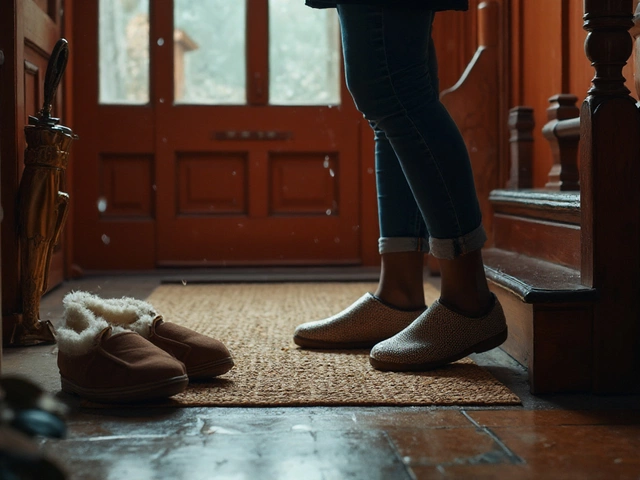Dress Codes Made Simple: What to Wear When
Ever stare at an invitation and wonder what you’re supposed to wear? Dress codes can feel like a secret code, but they’re really just shorthand for the vibe the host wants. Figure out what each term means, and you’ll never feel under‑ or overdressed again.
Common Dress Code Types
Casual is the low‑key option. Think jeans, a t‑shirt or a simple blouse, and comfortable shoes. You don’t need anything fancy, just clean and tidy.
Smart casual steps it up a notch. Women might wear a dressy top with trousers or a midi skirt, while men can pair chinos with a button‑down shirt. Add a nice pair of shoes and you’re good.
Business casual is what you see in many offices. For women, a blouse with dress pants or a modest dress works. Men should go for slacks, a collared shirt, and optional blazer. Keep the look polished but not formal.
Business attire calls for a full suit or a tailored dress. Dark colors, crisp shirts, and closed‑toe shoes are the norm. This is the safe bet for important meetings or daytime events.
Semi‑formal (sometimes called dressy casual) means a cocktail dress for women or a dark suit for men, no tie required. Dress shoes are a must.
Formal / black‑tie is the most upscale. Women usually wear long gowns or elegant cocktail dresses, while men wear a tuxedo with a bow tie. Think polished, elegant, and a little glamorous.
White‑tie is the top‑tier. This is rarely required, but if you see it, go all‑out: women in full‑length ball gowns, men in white tuxedo tails, white bow tie, and formal accessories.
Tips to Nail the Right Look
Start with the invitation. If it lists a specific dress code, follow it exactly. When in doubt, err on the side of dressing up a bit rather than under‑dressing.
Check the venue and time of day. Evening events usually call for darker, richer colors, while daytime gatherings are fine with lighter shades.
Fit matters more than brand. Even a simple dress or suit looks sharp when it fits well. Tailor items if needed; a few tweaks can make a huge difference.
Accessorize wisely. For casual looks, keep accessories simple. For semi‑formal or formal events, a statement piece—like a necklace, watch, or pocket square—adds polish without overdoing it.
Mind the shoes. Clean, appropriate shoes can make or break an outfit. Sneakers are fine for casual, but swap to loafers, heels, or dress shoes for dressier codes.
Layer when needed. A blazer over a casual shirt can lift a smart‑casual look, and a wrap or shawl can add elegance to a simple dress.
Finally, feel confident. When you understand the code and have an outfit that fits, you’ll feel relaxed and ready to enjoy the event. Dress codes are just guides—use them to show up looking appropriate and comfortable.

Summer Professional Attire: What Do the Experts Wear?
See how professionals actually dress for work in the summer. Get real tips on summer fabrics, business casual hacks, and how to stay sharp without overheating.




